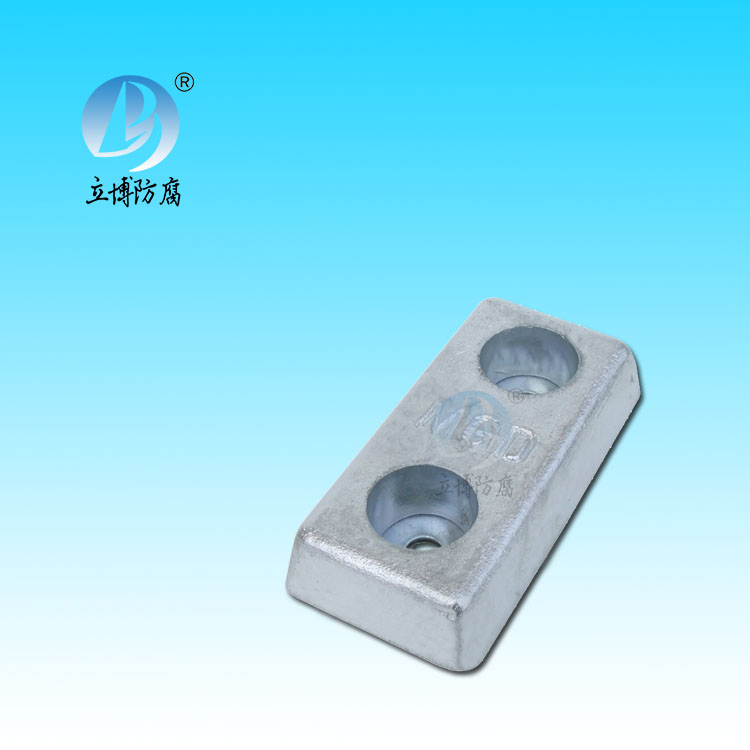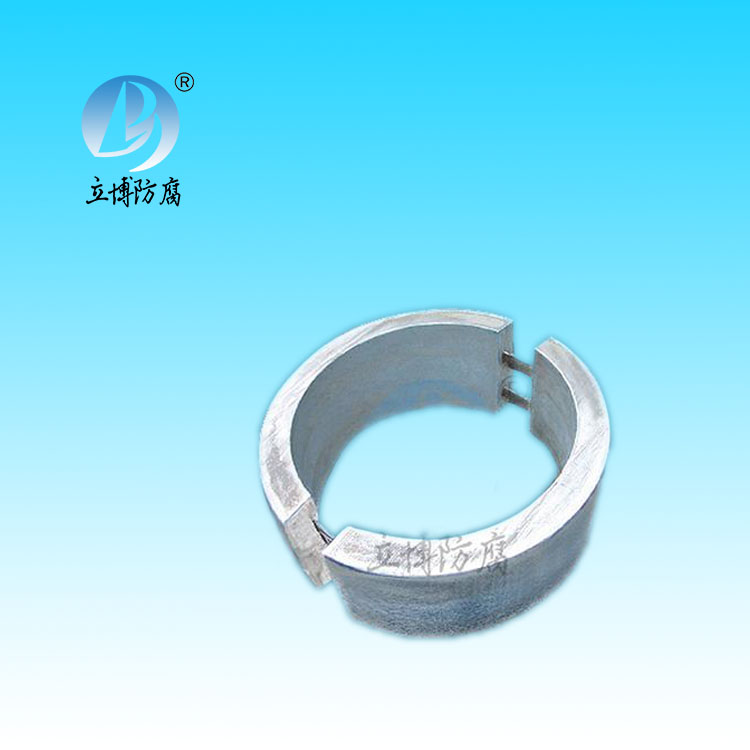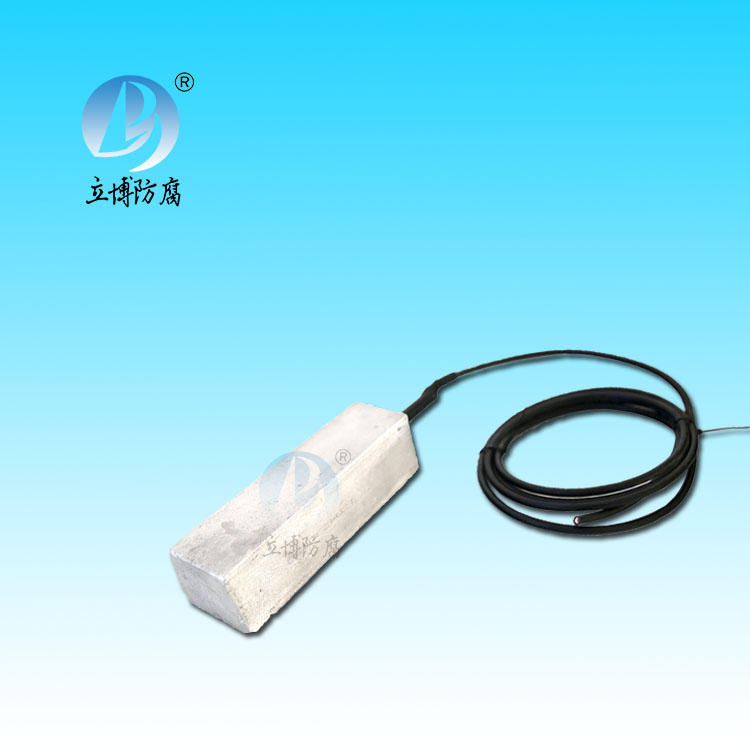News
News
- What is a sacrificial anode
- Basic requirements for reference...
- What does the reference electrode do...
- Why are zinc blocks attached to the ...
- What is the principle of impressed...
- What material does metal structure...
Contact
Phone:18739187123
hotline:0391-7588881
E-mail:970512272@qq.com
Address:Wuzhi County, Jiaozuo City, China
Company News
Functional applications of anodized aluminium film
- Author:Libo
- Source:wwww.godsgracesalon.com
- Date:2021-06-11
- Click:0
The anodic oxide film of aluminum is composed of aluminum oxide. By using the combination of aluminum oxide and metal deposit layer, new unique properties have been discovered besides the original properties of anodic oxide film and metal deposit layer.
This combination can happen in one of two ways:
(1) The metal is electrodeposited on the anodic oxide film surface. An electrodeposited metal layer on an anodic oxide film is usually viewed as an electroplated metal on an anodic oxide film. The micropores in the anodic oxide film can provide good mechanical adhesion to the anodic oxide layer, thus obtaining metal electrodeposits with various characteristics.
(2) The metal was electrodeposited in the micropores of the anodic oxide film. When metal is deposited in the micropores of anodic oxide film, the anodic oxide film is colored, and electrolytic coloring is its biggest use. Many of the physical and chemical characteristics of the precipitated metal have been discovered because of its elongated, fibrous structure.
Recently aluminium heat sink has been widely used for cooling energy conversion systems. If the surface is stained black by electrolysis, it will dissipate heat more efficiently. In order to disperse the accumulated heat, the current surface treatment of sulfuric acid anodic oxide film stained black, in order to ensure the uniformity of black film, anodic oxide film thickness should not be less than 105m. However, the thermal conductivity of anodic oxide film is very low, so such a thick anodic oxide film is not suitable. To improve this situation, it is more effective to use anodic oxide film several microns thick to electrolytically stain black.
Electrolytic coloring can provide a very uniform black even if the anodized film is only a few microns thick. In addition, the electrolytic tinting of tin salt has excellent distribution ability, and even the comb shaped products can get uniform color. To some extent, the precipitation of metals from the micropores of anodized films also improves the thermal conductivity.







 客服QQ
客服QQ